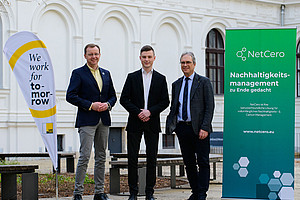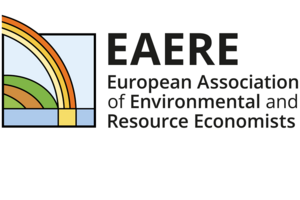zum Thema
Observing Sudden Stratospheric Warmings with Radio Occultation Data, with Focus on the Event 2009
Zeit: Donnerstag, 3. Juli 2014, 12:00 Uhr (s.t.)
Ort: SR des Wegener Center im 1. Stock, Brandhofgasse 5
Moderation: Dr. Florian Ladstädter
Herzlich willkommen!
Sudden Stratospheric Warmings (SSWs) are characterized by a rapid increase in temperature by at least 25 K and appear predominantly in the Northern Hemisphere (NH) winter stratosphere. During major SSWs the strong Polar Vortex (PV) breaks down and recovers slowly. The typical westerly phase of the PV is interrupted by an easterly during the SSW event. Such a dynamical phenomenon causes an impact on the troposphere, which can persist over months. Richard Scherhag was the first to discover this phenomenon with observations from radiosondes above Berlin in January 1952. Due to topographical conditions of the hemispheres, the first and so far only observed major southern-hemispheric SSW occurred in late September 2002.
In mid January 2009 the strongest ever observed SSW event started to take place in the NH. Some regions even showed an increase in temperature of 70 K within a week at the 10 hPa level. To analyze this event I used Radio Occultation (RO) data. The accurate RO measurements provide atmospheric profiles with high vertical resolution and global coverage. About 450 profiles per day are obtained between 55° N and 90° N. To ensure an optimized averaging strategy I investigated an indicator of error due to incomplete sampling at given atmospheric variability (the sampling error). The equal-area bin method was found to improve the sampling at high latitudes. I found that RO data provide a great opportunity to observe SSWs with high resolution and to validate data from operational weather centers. Generally RO data are found to be warmer than European Centre for Medium-Range Weather Forecasts (ECMWF) analysis data, but regions with a strong temporal change in temperature show systematically colder RO data.





